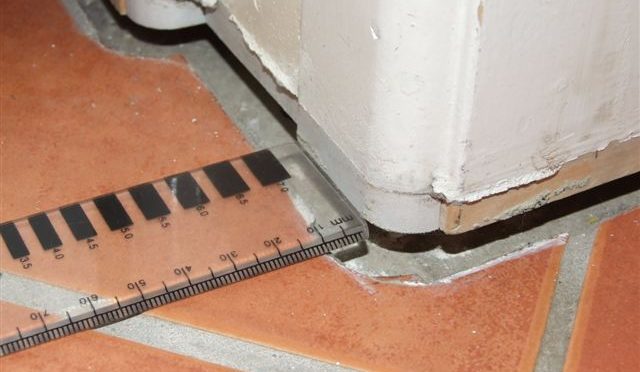Here’s a list of things that make houses move and crack. How many of these can you identify in your house:
- Downward movement
- Consolidation of soft, uncompacted fill. Review the original soil test or order a new soil test.
- Soft, squishy soil. Look for poor surface drainage that allows water to soak into the ground.
- Settlement of backfill over sewers. Check council mapping for sewer plans. Look for sewer access hatches on or near the allotment.
- Poorly installed render. When render is installed across a movement joint or across a damp proof course, the render is more than likely going to crack. Look for straight-line cracks in the render. There might be a joint in the wall behind the render.
- Settlement of backfill over a stormwater pipe. Check council mapping for stormwater plans. Look for access hatches and field inlet gullies. Arrange an independent audit by a plumber.
- Erosion of ground into a broken stormwater pipe. Review the plumbing layout on the site. Engage a plumber to check pipes for breaks. Lodge a complaint with the infrastructure owner to get pipes fixed.
- Tree roots. If trees are within 1 x times their mature height they could be affecting the house. Dig down to identify roots on the outside of the house. Remove trees or get a builder to install a root barrier.
- Unstable slope slipping downhill. Engage a geotechnical engineer to assess the stability of steep slopes.
- Mine subsidence. Review mine mapping and confer with a mine subsidence expert.
- Slab heave caused by water seepage through the porous fill. A soil test will show if there is sandy, porous soil overlying clayey soil. Install an upstream soakage trench and divert water around the building.
- Upwards movement
- Poor site drainage causing slab heave. Identify low spots where water can soak into the ground and fill them with clayey soil sourced from elsewhere on the allotment.
- Slab heave caused by setdown waffle pods under verandahs allowing moisture to seep into the ground. Ensure 50mm in 1000mm fall all around the dwelling. This should have been provided by the builder. Look for sandy soil or rocks around the dwelling that might be allowing water to drain under the patio area. Look for high floor levels in the rooms around the patio,
- Footing heave caused by broken stormwater pipes. High points on floor surface levels above underground pipe locations. Engage a plumber o check and fix broken pipes.
- Footing heave caused by broken sewer pipes. Engage a plumber to fix broken pipes.
- Footing heave caused by broken water supply pipes. Turn off the water supply. Engage a plumber to fix water pipes. Only happens in older houses where walls are set between concrete slabs. Unlikely in newer houses.
- Tree roots placing upward pressure on footings. Look for large tr under the ground surface. Remove tree or remove tree roots. Install a root barrier.
- Brick growth. Less likely but bricks do grow and some vertical lift could be experienced. Check and replace the damp proof course.
Need Help? Just Ask.
I'd like to speak to a structural engineerReferences
Foundation Maintenance and Footing Performance, CSIRO Publishing, 9781486312979

